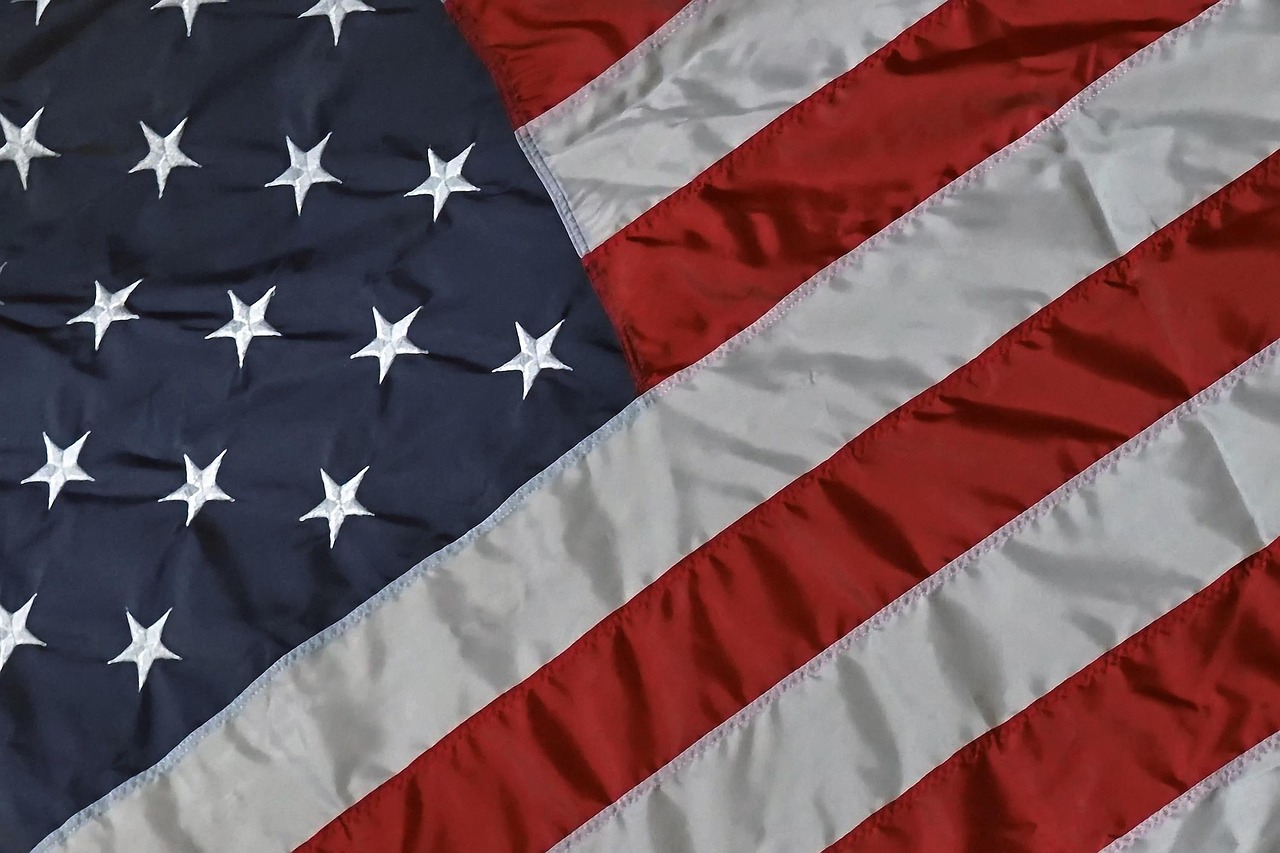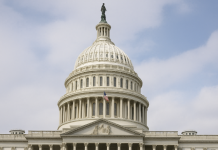Each year on November 11, the United States pauses to honor those who have worn its uniform. Veterans Day, observed nationwide, pays tribute to all members of the U.S. Armed Forces, past and present, whose dedication and courage have shaped the nation’s history.
The observance traces back to the closing moments of World War I. On November 11, 1918, fighting in Europe ceased when Allied and German forces agreed to a temporary halt in combat. The following year, President Woodrow Wilson encouraged Americans to commemorate that peace with ceremonies and public reflection. His 1919 message called for communities to celebrate the day through parades and brief work stoppages as a gesture of national unity.
Congress later formalized the commemoration. In 1926, lawmakers passed a resolution inviting Americans to remember the date each year, and by 1938, it became a federal holiday under the name Armistice Day. The occasion originally recognized those who fought in World War I, and memorial events were held at Arlington National Cemetery’s Tomb of the Unknown Soldier, established in 1921 to honor unidentified service members from that war.
After World War II and the Korean conflict, many believed the day should recognize everyone who had served, not only the veterans of 1918. Raymond Weeks, a veteran from Alabama, organized one of the first inclusive celebrations in 1947 and proposed expanding the holiday. His idea gained support in Washington, and in 1954, President Dwight D. Eisenhower signed legislation renaming the observance Veterans Day, extending its meaning to all who served in any era.
In 1968, the Uniform Monday Holiday Act temporarily moved the commemoration to late October to create a long weekend. The change was short lived. Many Americans felt the alteration weakened the date’s historic meaning, prompting President Gerald Ford to restore November 11 as the official observance beginning in 1978.
Unlike Memorial Day, which honors those lost in battle, Veterans Day recognizes every individual who has served, whether in peace or wartime. The Department of Veterans Affairs reports that roughly 16.2 million living veterans reside in the United States, including about 1.7 million women and nearly 3.8 million who joined the military after September 11, 2001.
Modern commemorations vary widely, including wreath laying ceremonies at war memorials, school programs, community breakfasts, and volunteer drives. The National Veterans Day Ceremony at Arlington National Cemetery remains the central event, drawing thousands who witness the presidential wreath presentation at the Tomb of the Unknown Soldier.
As Americans mark November 11, 2025, Veterans Day continues to stand as a reminder of shared sacrifice and the enduring link between military service and civic life. From its origins in World War I to today’s nationwide observances, the holiday invites reflection on the cost of freedom and gratitude toward those who safeguard it.
Image is in the public domain and is licensed under the Pixabay Content License.








